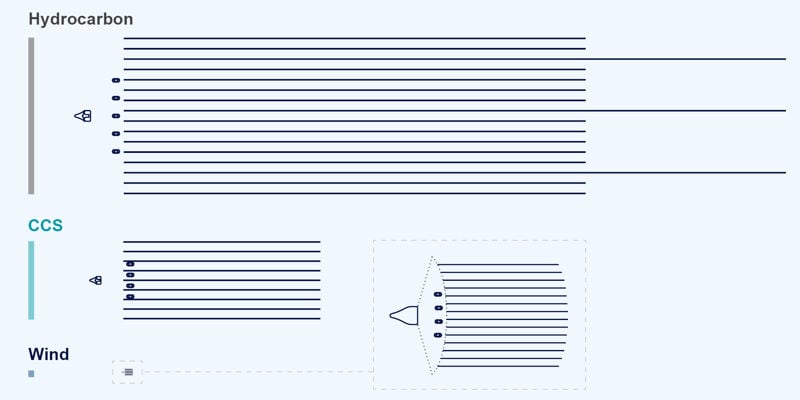Get in Touch!
"PGS sets the benchmark for reliable performance at a very high level, no matter where we are and what we face. That does not happen by chance – it requires careful design, thoughtful preparation, and a lot of practice," says Rob Adams EVP Operations. If you have a project you would like to discuss with our acquisition experts, get in touch!"



















